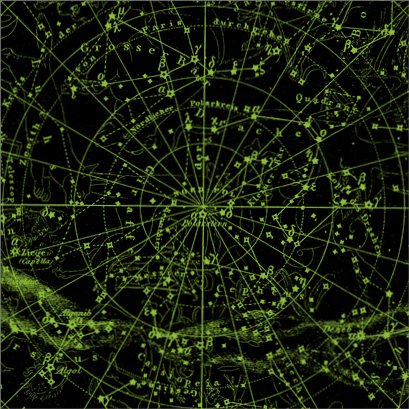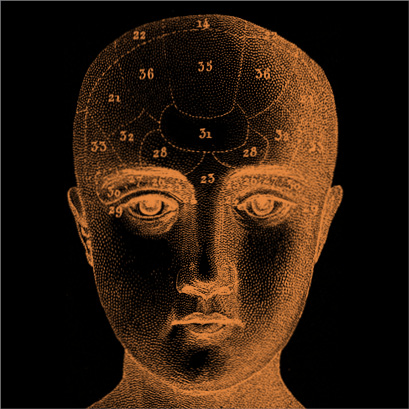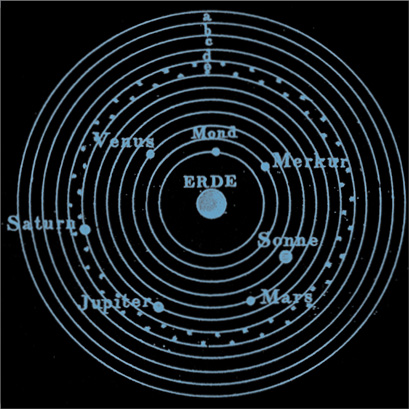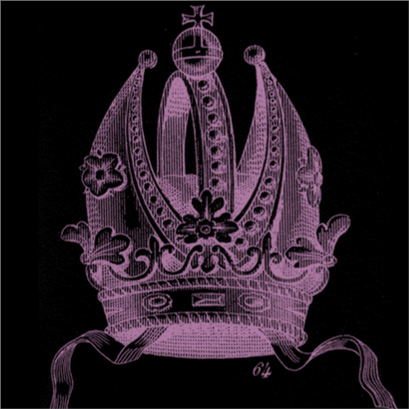The Vision Series 2: Architecture
THE VISION SERIES![]() A GBD MICROSITE
A GBD MICROSITE
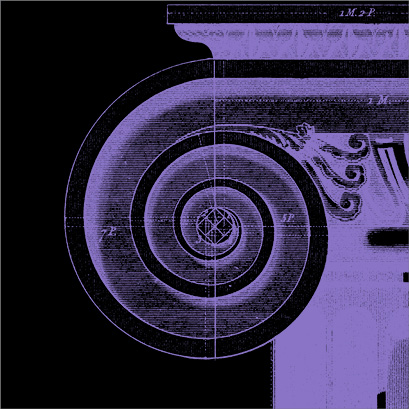
“Architecture should speak of its time and place, but yearn for timelessness”
Frank Gehry
![]()
FACTS ABOUT VISION: Brown is the Most Common Eye Color
Because eye color is passed on through genetics, you might think that the colors are dispersed pretty evenly among the population. But that isn’t the case. Brown is the most common eye color. That’s because brown eyes are a dominant gene, which means it gets passed down to the next generation far more often than the other eye colors. Other eye colors do obviously still get passed on, but at a lower rate than brown shades. One reason why the brown eye gene may be so dominant is that it was the eye color of the original humans to walk this planet. Blue eyes, on the other hand, are relatively new phenomena. Scientists think that the first blue-eyed individual didn’t walk among us until around 6,000 years ago. If this is correct, that would mean that all blue-eyed individuals in the world today share a common ancestor who passed that trait on to them. [A]
![]()
BOOKS ABOUT EYES: “THE EYE OF COMMAND”
by Kimberly Kagan, University of Michigan Press, 2006
Published in 1976, Sir John Keegan’s The Face of Battle was a groundbreaking work in military history studies, providing narrative techniques that served as a model for countless subsequent scholarly and popular military histories. Keegan’s approach to understanding battles stressed the importance of small unit actions and personal heroism, an approach widely employed in the narratives produced by reporters embedded with American combat troops in Iraq. Challenging Keegan’s seminal work, The Eye of Command offers a new approach to studying and narrating battles, based upon an analysis of the works of the Roman military authors Julius Caesar and Ammianus Marcellinus. Kimberly Kagan argues that historians cannot explain a battle’s outcome solely on the basis of soldiers’ accounts of small-unit actions. A commander’s view, exemplified in Caesar’s narratives, helps explain the significance of a battle’s major events, how they relate to one another and how they lead to a battle’s outcome. The “eye of command” approach also answers fundamental questions about the way commanders perceive battles as they fight them-questions modern military historians have largely ignored. [B]
Please use the thumbnails below to navigate through this section of the site.
[A] The facts above are from the Magruder Eye Institute.
[B] The books noted are from a list by BiblioVault.




